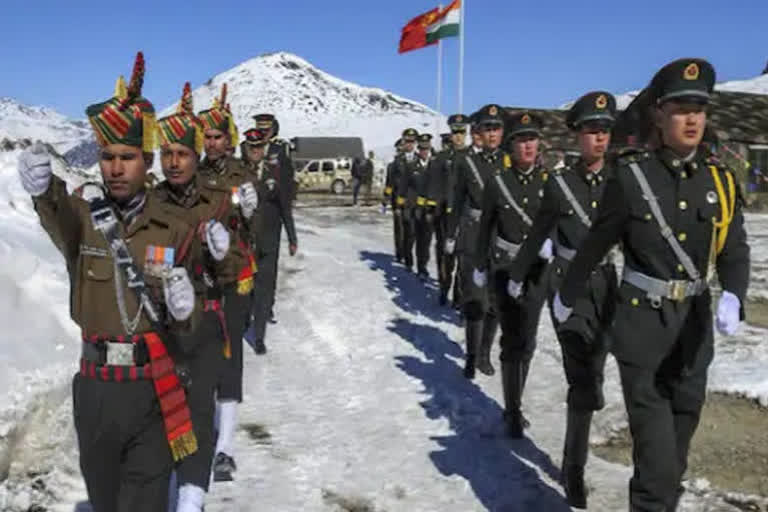New Delhi:The 13th round proved to be ill-fated after all. Sunday’s commander-level talks between the Indian and Chinese armies at the PLA garrison of Moldo across India’s Chushul in eastern Ladakh ended on a bitter note after about eight hours of talks—a short session compared to some earlier rounds that lasted well about 16 hours.
That the border impasse between the Asian giants continued and the 13th round did not quite have a happy ending and the two sides could well be staring at another bitter winter in the extreme zone along the Line of Actual Control (LAC) can be gleaned also from the fact that there was no joint statement after the talks ended at about 7 PM Sunday night.
Read: Unlucky start to Round 13 of Ladakh talks
An unusually terse Indian statement issued on Monday morning pointed out that the meeting did not result in resolution of the remaining areas as the “Chinese side was not agreeable and also could not provide any forward-looking proposals”.
Charging China of leading to the situation along the Line of Actual Control (LAC), it said: “(The prevailing situation) had been caused by unilateral attempts of the Chinese side to alter the status quo and in violation of the bilateral agreements. It was therefore necessary that the Chinese side take appropriate steps in the remaining areas so as to restore peace and tranquility along the LAC in the western sector.”
Just before the Indian statement, a release from PLA Western Theater Command’s spokesperson senior colonel Long Shaohua charged the Indian side of making “unreasonable and unrealistic demands which made the negotiations more difficult” in the latest round and urged India “not to misjudge the situation”.
Col Long termed the situation in the China-India border areas “hard-won” and asked adherence to relevant agreements and consensus between the two countries and the two militaries.
On Saturday, a day before the talks, Indian Army chief General MM Naravane had expressed concern on the large-scale build-up and the equal amount of infrastructure development on the Chinese side. “It means that they (PLA) are there to stay… But if they are there to stay, we are there to stay too. And the build-up on our side, and the developments on our side, are as good as what PLA has done.”
